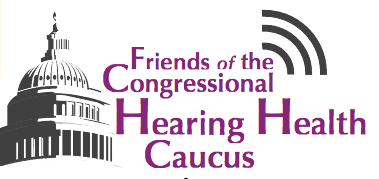Communicating With Baby: Tips and Milestones From Birth to Age 5, a series of seven handouts that detail communication skills that parents should expect to see in their child by age and tips for how to support children’s development, has been released by the American Speech-Language-Hearing Association (ASHA) and Read Aloud 15 MINUTES, the two organizations announced in a joint release. ASHA is the national professional, scientific, and credentialing association for 191,500 members and affiliates who are audiologists; speech-language pathologists; speech, language, and hearing scientists; audiology and speech-language pathology support personnel; and students. Read Aloud 15 MINUTES is a nonprofit organization that is working to make reading aloud every day for at least 15 minutes the new standard in child care.
Available in English and Spanish, the handouts cover these age ranges:
“From Day 1, babies are learning from the world around them—primarily through listening to their parents talk, read, sing, and otherwise interact with them,” said Bob Robbins, executive director, Read Aloud 15 MINUTES. “With this online toolkit, we want to provide parents with advice and easy activities that help them support their babies’ growth during their most rapid period of brain development—their first few years of life. The most powerful things a parent can do to set a child up for success require no money—only time and attention. We want parents to understand how daily reading and verbal exchange start the lifetime path to learning and academic success.”
“This toolkit offers parents vital information on what they should expect their children to be able to do by age in the areas of talking, hearing, and understanding,” said Gail J. Richard, PhD, CCC-SLP, 2017 ASHA president. “Some parents may question whether their child’s communication development is on-track. The detailed lists of milestones included here can help either set parents’ minds at ease or empower them to seek an evaluation if they see that their child is lagging behind on certain skills. Any communication delay or disorder is most effectively treated when addressed early, and some can be prevented altogether. This information gives parents the tools they need to monitor their child’s communication development with confidence.”
Certified audiologists and speech-language pathologists, pediatricians, early childhood educators, librarians, and any other professionals who interact with young children are also welcome to use this free resource—either electronically or in print.
Anyone with concerns about a child’s communication abilities should seek an evaluation from a certified audiologist or speech-language pathologist. More information, and a searchable database of these professionals, is available at http://IdentifytheSigns.org. More information about the benefits of reading aloud to children daily can be found at www.readaloud.org.
Source: ASHA, Read Aloud 15 MINUTES





